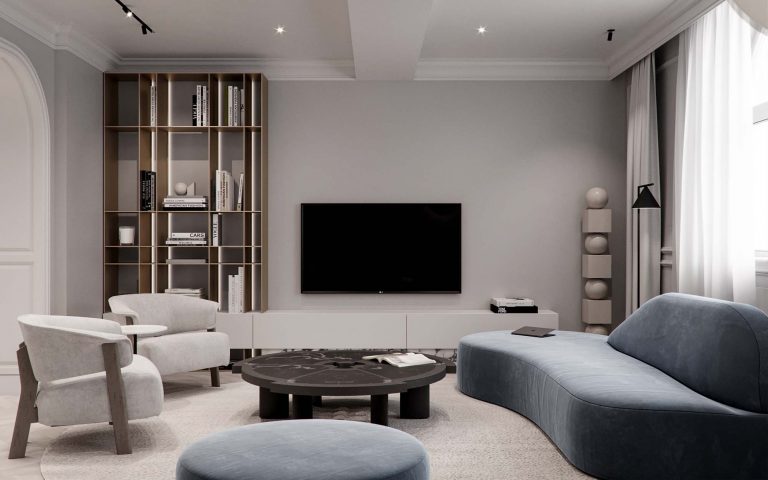
This year, interiors are taking center stage because more and more people are spending time at home. As architects, we are increasingly aware of our responsibility in improving the well-being of our clients’ lives and even in disease prevention. Therefore, we are looking for the best solutions for our interior design projects. As the interior design is increasingly becoming a subject of interest, we reviewed projects from the previous year to test our design decisions and solutions that generate current trends: Biophilic design
Indoor plants have become an entirely new layer in interior design projects, and large massive plants are a growing trend. In the last year, a new concept has come into focus:
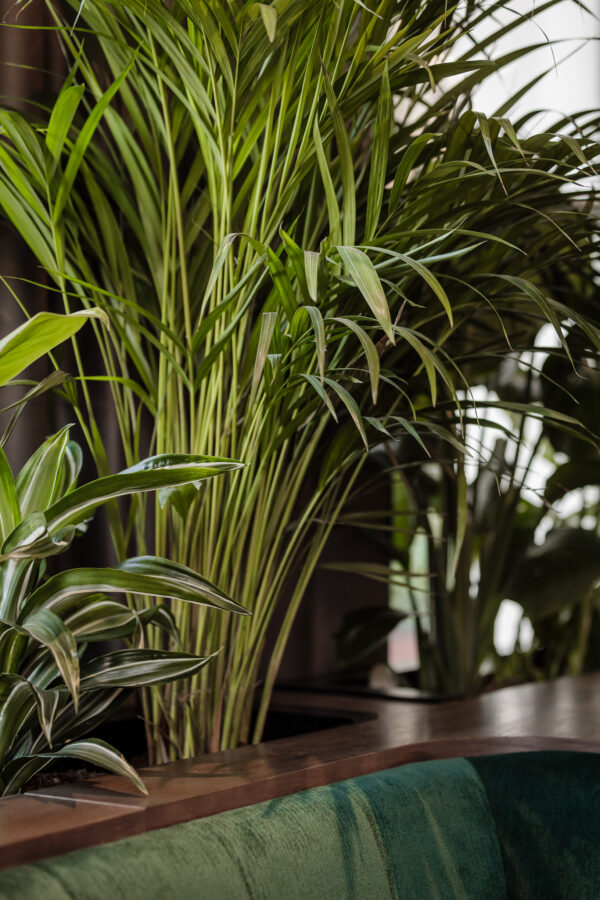
Biophilic design
Biophilic design wants to include nature in interior design to improve health, psyche, and the entire ecosystem to maintain a connection with nature. The use of restored wood, hanging plants, green walls, and large green installations are prominent trends that will shape interior design in the coming period.
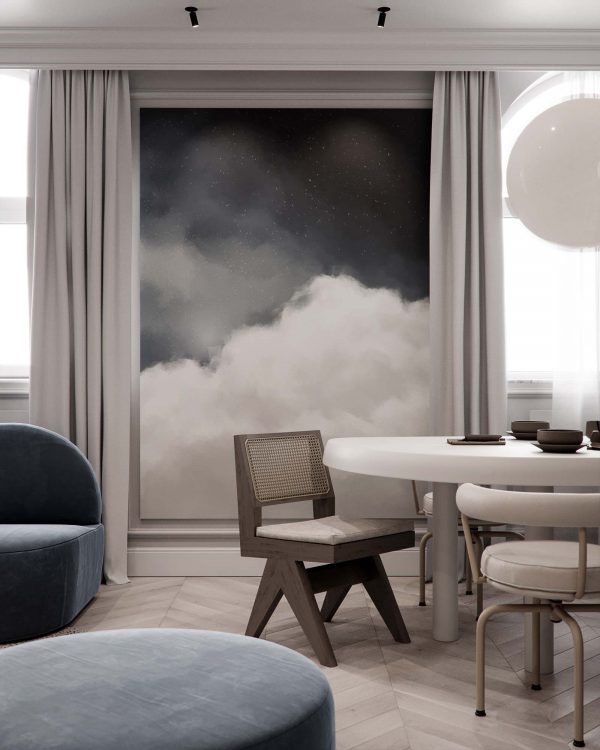
Natural fiber furniture
The use of natural fibers in furniture is becoming prevalent in interior design. Traditional materials such as rattan and wicker are used on chairs, rugs, and lighting, blending with modern techniques.
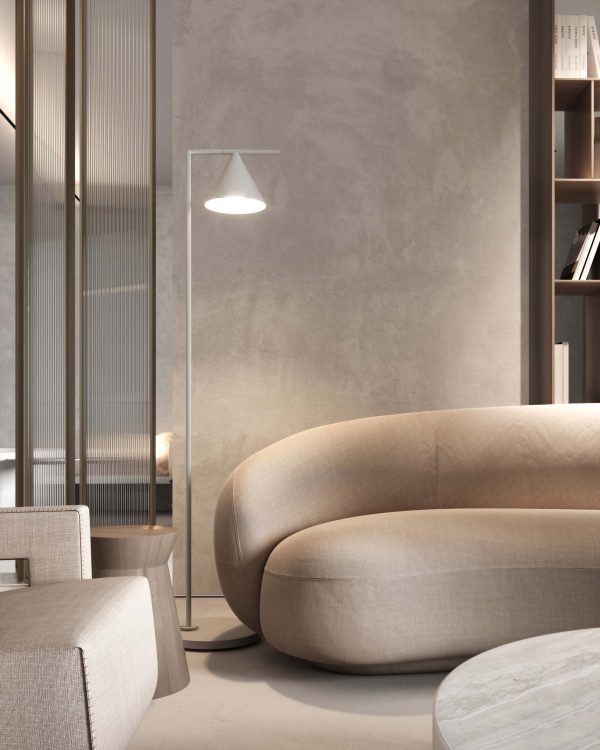
“Chubby” design
Chairs, ottomans, sofas, and even lamps show their best curves that take us back to childhood, giving the spaces a youthful, fun, and modern look. This new trend is led by furniture with rounded edges and tubular shapes, also known as neotenic design (from the concept of “neoteny” – exaggeration in children’s characteristics). An appropriate idea to describe the playfulness that these pieces can add to any space!
Bows
Arched openings are typical of traditional architecture and are now being revived thanks to architects and designers who add curved gates, rounded windows, and arched mirrors to their design projects. In keeping with the “chubby” trend and biophilic design, arches are emerging as a new way of adding curves and more organic shapes within a space, not only through actual arches but also through decorative patterns painted on the walls.
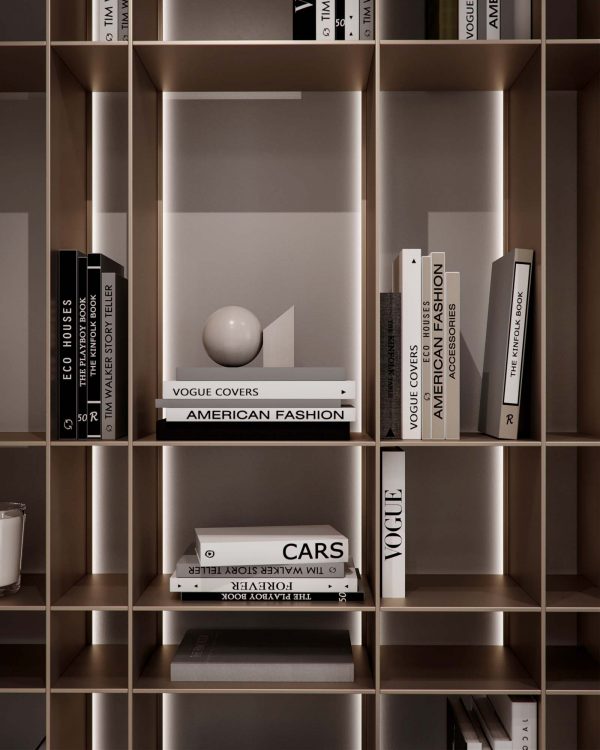
Mini reading spaces
Flexibility at home is more important than ever, now that work from home is becoming more common. In this context, areas of study and work become less formal and may coexist with other areas of life. Mini work corners are now integrating into more significant pieces of furniture, such as those hidden in closets or added to bookshelves.
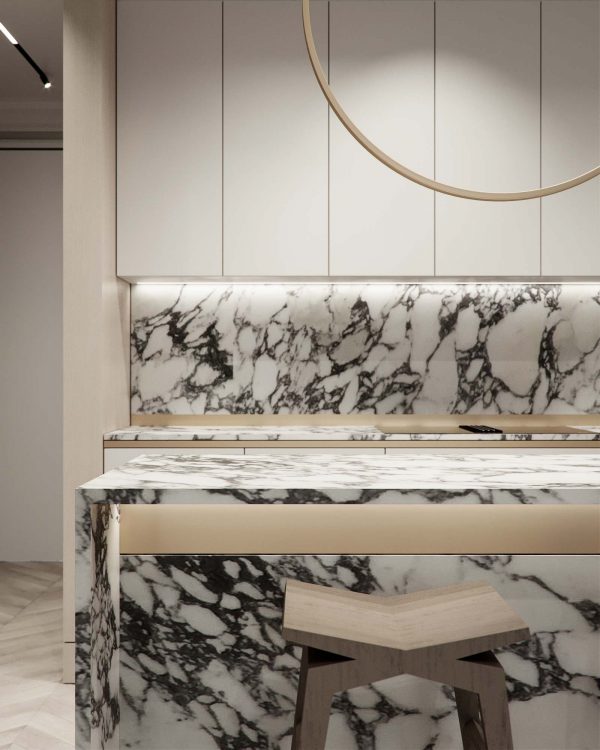
Invisible handles for fully integrated spaces
Invisible hardware. Pressure valves, mechanical or magnetic devices are installed inside the cabinet to open the cabinet by pressing the door. The goal is to have a minimal space of sleek and elegant looks.
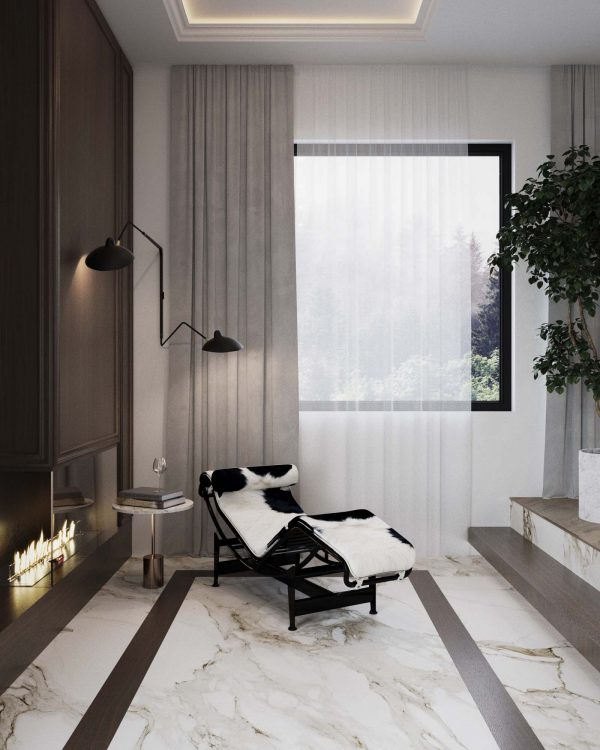
Open and liquid living spaces
Living spaces are becoming more open and fluid, and formal separation of spaces is becoming less frequent. Ideas like placing curtains and mobile panels that open spaces are becoming very popular as a solution for hiding certain areas according to how we use the rooms.
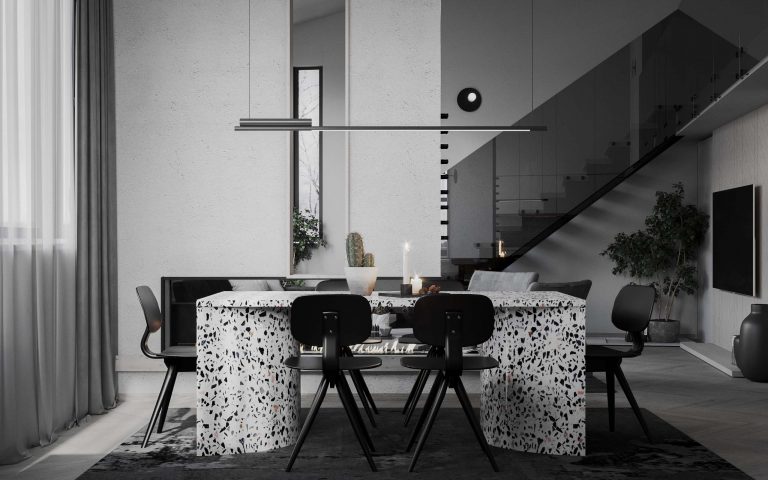
Terrazzo
This typical marble floor used in Venetian houses more than 500 years ago had its first return in the seventies. In 2019, this material came back and became popular among designers again. The terrazzo we see today is a mixture of larger chips of marble, quartz, granite, and glass, lower density, and a more impressive graphic appearance.
